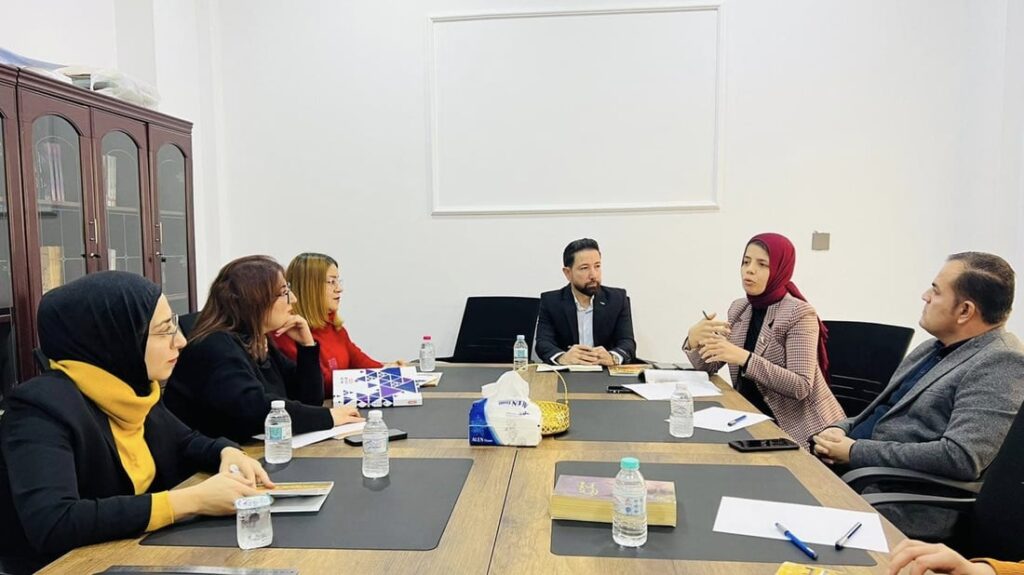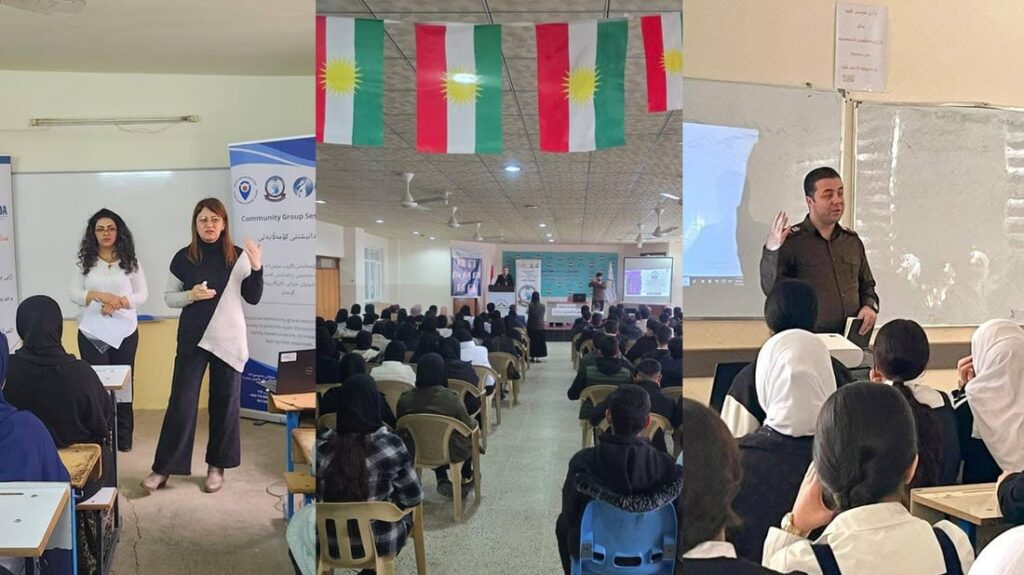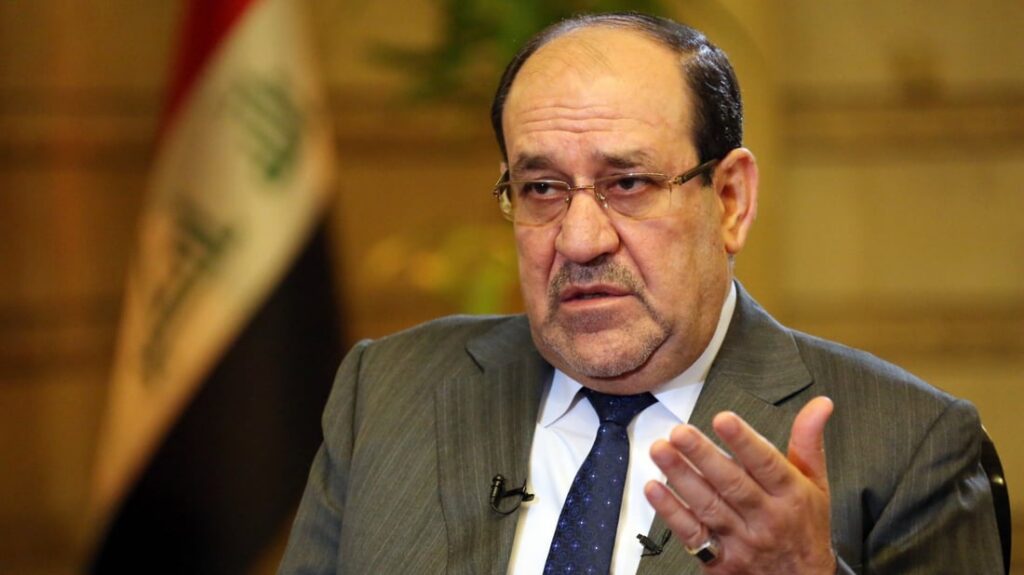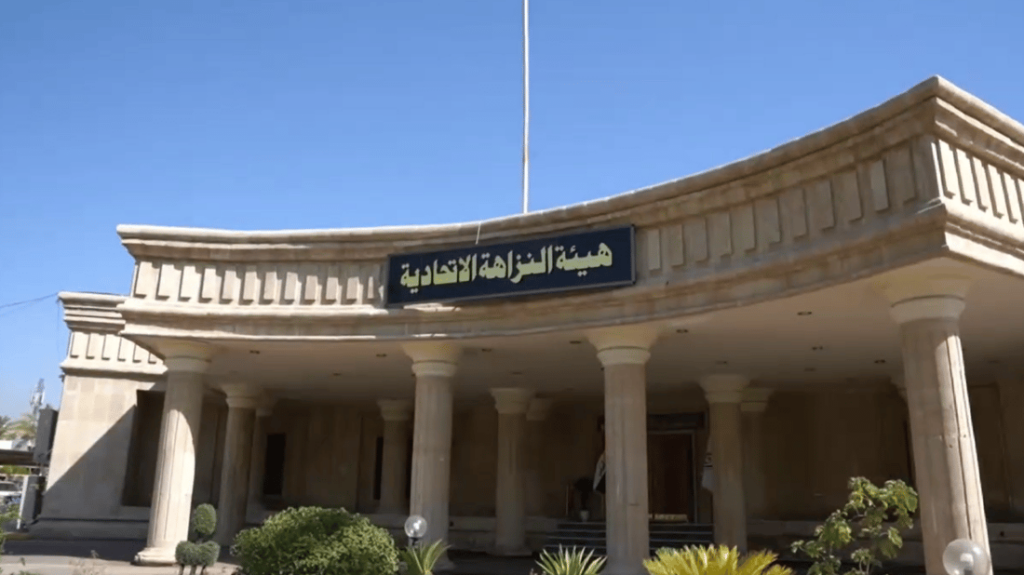Syrian Arab Republic: Global education monitoring report, 2019: Arab States; Migration, displacement and education: building bridges, not walls: key messages and recommendations [EN/AR]
This first regional edition of the Global Education Monitoring Report examines the nexus of education, migration and displacement in the Arab States. The Arab States have long been characterized by massive population movements: growth of megacities such as Baghdad, Cairo and Casablanca through internal migration, large-scale emigration from the Maghreb to western Europe, generations of Palestinian and Sudanese refugees. Oil-rich countries such as Bahrain, Qatar and the United Arab Emirates experience the highest immigration rates in the world with the majority of their population being foreign.
As a result of the Syrian and Yemeni wars and with the Mediterranean having become a high-risk migration route, the Arab States are now the region most affected by migration and displacement. They account for 5% of the global population but for 32% of the global population of refugees and 38% of the global population of people internally displaced by conflict. Lebanon and Jordan have the highest percentage of refugees as a share of the population. Five countries in the region feature among the top 12 in the world in terms of the percentage of internally displaced people as a share of the population.
As the 2019 Global Education Monitoring Report showed, migration and displacement interact with education through intricate two-way relationships that affect those who move, those who stay, those who host migrants and refugees and those who may do so. Displacement due to conflict, in particular, deprives millions of children, adolescents and youth of an education, undermining the prospects of a generation. The humanitarian crises in the region have taken their toll on education development. For instance, the Arab States have been overtaken by Central and Southern Asia in terms of the enrolment rate at the lower secondary level and the gap is rapidly closing at the upper secondary level.
On the first anniversary of the two global compacts for migrants and refugees, this report reviews the layers of challenges migration and displacement pose to education systems and calls on governments in the Arab States to develop a plan for the fulfilment of their respective commitments.
Education is a human right and a transformational force for poverty eradication, sustainability and peace. People on the move, whether for work or education, and whether voluntarily or forced, do not leave their right to education behind. The 2019 Global Education Monitoring Report underscores the huge potential and opportunities of ensuring that migrants and displaced persons have access to quality education.
António Guterres, United Nations Secretary-General





